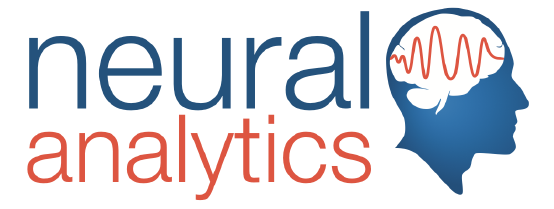Neural Analytics aims robotic transcranial doppler at COVID-19 patients
By: Meg Bryant
Doctors are reporting a proliferation of dangerous blood clots in the lungs and other major organs of COVID-19 patients, raising the risk of stroke and other life-threatening complications. While anticoagulant medications can reduce that risk, patients need careful monitoring to ensure their blood is neither too thick nor too thin. To that end, Los Angeles-based startup Neural Analytics Inc. is deploying its robotically assisted transcranial doppler (TCD) system for real-time identification of blood clots and disruptions in blood flow to the brain.
Neural Analytics won U.S. FDA and CE mark approval for its Neuralbot robotic assistance technology in 2018, paving the way for the Lucid Doppler ultrasound system to be used in a wider range of settings. The autonomous system uses artificial intelligence (AI) and cloud computing, in addition to robotics, to noninvasively measure blood flow and clotting. The robots locates an opening in the skull between the ear and the eye where the ultrasound can be driven through and visualize the major arteries of the brain. The algorithms aid in identifying problems including blood clots, changes in velocity, occlusions, the size of clots and whether emboli are traveling through the arteries.
Patients can be positioned in less than five minutes at bedside – a plus in the current pandemic as patients in isolation units can be monitored with minimal exposure to clinical teams.

